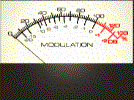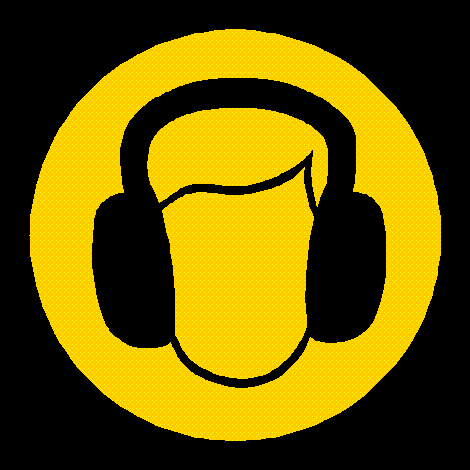 |
|
 |
UNDER
Ok, well, where do I start??
Have you ever tuned around the 20m band and heard the US stations that sound like they are in the shack with you, you know, those guys that sound magnificent, just like some broadcast stations and wondered how they do it?
Well in theory its easy, but let me tell you that in practice it can be more difficult than you could possibly ever imagine.
I like to mess with ESSB audio. The spark of interest was ignited by a certain US station who is sadly silent key. Bill W2ONV has a lot to answer for, as I'm sure lots of other amateurs who play ESSB will say the same. Bill really stood out from the usual "communications quality" audio with a unique, clear and more natural sound than the other guys. This captured my attention, the seeds were sown and my interest in ESSB was born.
I have generally met with great disapproval from amateurs that are "stuck in their ways" and "scared of change"
I fail to understand how having a net on 80m with "communications quality" audio is better than having the same net with the stations transmitting with more natural sounding wider ESSB audio. It is far more pleasing to the ear and does not create listener fatigue associated with "communication quality" because the extra frequencies allow more definition and detail, which means that your brain no longer has to think and distinguish a M from a B or a V, or a S from a F as all the frequencies necessary to distinguish these letters are there!
I have met a few stations that share my interest for improved sounding audio and we sometimes get together on 80m on an evening to have a laugh and share our enthusiasm for this aspect of the hobby. We pool our thoughts, air our ideas and generally help each other to improve and move our stations forward. We all have our unique sounds which become far more apparent with the wider transmissions and receptions. Our audio is like our amateur fingerprint. So if you tune around 80m of an evening time and hear some nice audio, then feel free to come and join us, learn about our interest, share our thoughts and maybe you will understand why we do what we do. Maybe even you will catch the bug for ESSB and begin the journey to sounding sweet!
There is only one bad thing to ESSB, no its not the fact that we use a little more bandwidth than a standard transmission. Its the QRM that ESSB seems to bring. We get all sorts of comments, noises, swearing, carriers, data, even CW messages etc.
Now I fail to understand why on earth some amateurs (most are licensed) would risk being reprimanded or losing their license for jamming and causing interference. These childish, immature, amateur (yes that's probably why they chose this hobby) people who have nothing better to do are sad, lonely individuals.
Now I know QRM cannot exist as an object, but if it did, it would probably be a shade of brown, its odour would resemble that of another brown, really smelly substance. No matter what its consistency or shade, it never smells pleasant. QRM is simply a by-product of misunderstanding, ignorance or jealousy to name but a few reasons.
We also take great care to avoid causing any interference to other users, so we find a nice clear area of the band to hold our net and after quite some time, stations will start a QSO in our bandpass (even though the band is virtually empty) and then come on and say we are causing them QRM and splatter with our wide transmissions. They must think we're stupid. Its obvious what they are doing as it is plainly visible on our panadapters. They are the ones causing QRM and are acting completely against the gentlemanly spirit of the hobby.
For this reason, our net's are all recorded using some pretty technical stuff which actually records a good portion of the band above and below our centre frequency. Not only does it record audio, but it also records the IF so that we can see and hear what goes on and play it back at our leisure, just like recording your favourite TV show. We are already getting a good idea who the stations causing the QRM are through their spectral footprint. The more they QRM, the better an idea we have. Especially when they transmit elsewhere on the band and give their callsign a few moments later...... You know who you are!!!
STOP IT!
Now remember that without a callsign, you are only QRM!!!!
Below are various sound bytes of my friends and myself so you can listen and hear the difference, gauge what we're about and make an educated decision. I hope you enjoy.
 M0RDW Sound Byte From 2E0PUP 07-04-12 |
 2E0PUP Sound Byte From M0NJA 25-05-12 |
 2E0PUP Sound Byte From G0TIY |
 M0RDW Sound Byte From 2E0PUP 07-03-13 |
 M0HIO Sound Byte From 2E0UGO 25-03-13 |
 M0HIO Sound Byte From 2E0UGO 25-03-13 |
